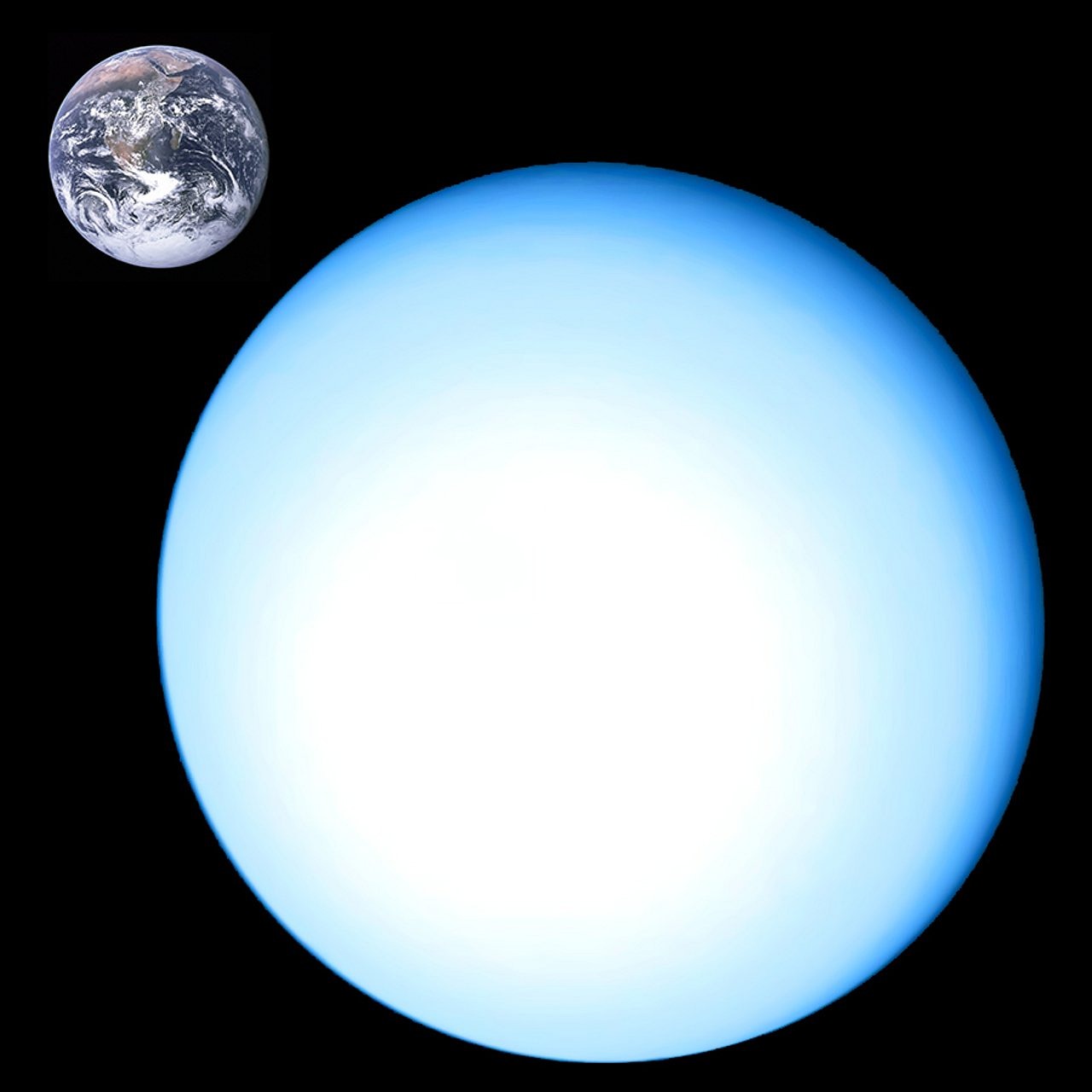Greek Mythology
-

Nyx – The Goddess of Night Nyx stands as one of the primordial deities in Greek mythology, embodying the essence of the night. Originating from Chaos, she formed a union with Erebos, the personification of darkness, birthing Aether, representing light, and Hemera, the goddess of day. Nyx is often depicted as the very fabric of…
-

Tragedy: An Exploration of Its Roots and Evolution Tragedy is a branch of drama that delves into serious and dignified themes, portraying the sorrowful or disastrous events faced or created by heroic figures. While many use the term loosely to refer to any calamity or misfortune, it specifically relates to artistic expressions that explore profound…
-

Eros, the Greek deity of love, embodies passionate desire in all its complexities. He strikes unexpectedly, inducing a whirlwind of emotions that confound and overwhelm those he targets. Hesiod’s portrayal of Eros in “Theogony” characterizes him as a force that “loosens the limbs and weakens the mind.” In ancient Greek art, Eros is frequently depicted…
-

A labyrinth is defined as a complex system of passageways and dead ends. The term “labyrinth” originates from ancient Greek and Roman architecture, referring specifically to buildings that were either fully or partially underground, characterized by numerous chambers and paths that made exit challenging. Starting from the European Renaissance, labyrinths or mazes began to appear…
-

Asana stands out as an exceptional project management tool, a sentiment I may feel inclined to support due to my role within the company. It serves as a unified platform for my team, ensuring everyone is aware of their responsibilities and deadlines. By tracking our tasks, we maintain a clear direction towards our collective objectives.…
-

Aphrodite, the revered goddess from ancient Greek lore, embodies love, beauty, and desire, captivating human imagination across eras. Our previous exploration delved into her broader narrative; this time, we will concentrate on the key symbols that encapsulate her essence. In both artistic expressions and mythological contexts, the emblems representing Aphrodite often elicit themes of affection,…
-

Hades, known as Pluto in Roman mythology, ruled the Greek underworld, representing the realm of the deceased in both Greek and Roman traditions. Unlike modern interpretations that often equate the underworld with Hell and its governing deity as a figure of malice, the ancient Greeks and Romans viewed Hades as a dark but necessary domain…
-

Hephaestus and His Romantic Entanglements Hephaestus, known as Hêphaistos in Greek, served as the Olympian god emblematic of fire, metalworking, craftsmanship, and stonemasonry. This ancient figure’s romantic involvements are a topic of significant narrative interest, with several connections highlighted distinctly in mythological texts. Although some of his liaisons remain largely genealogical with no elaborate tales,…
-
Achilleus serves as the focal point in Homer’s Iliad, embodying a complex blend of heroism and antiheroism. The narrative begins with a powerful invocation: “Sing, goddess, the wrath of Achilleus, son of Peleus.” This rage defines Achilleus and leads to catastrophic outcomes for the Achaeans, resulting in the deaths of many heroes and leaving them…
-

Uranus, known in Greek mythology as Ouranos, embodies the heavens and sky. His Roman equivalent is Caelus. Born from Gaia, the Earth, he was deemed her equal. Their union brought forth twelve Titans, three Cyclopes, and three Hecatoncheires. However, Uranus despised his offspring and concealed them deep within the earth, prompting Gaia and their son…


